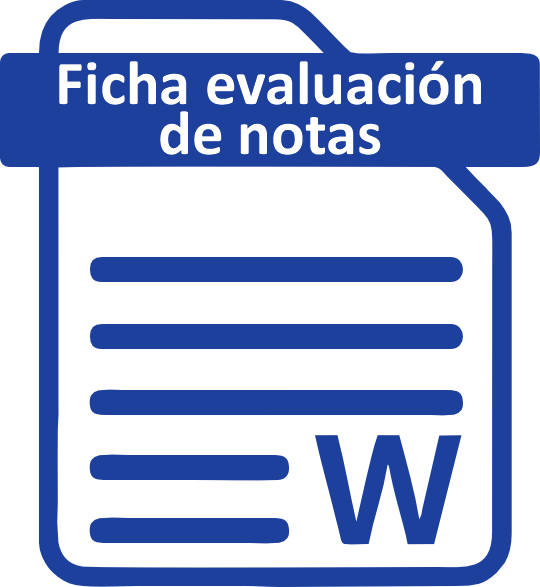Fictional narrative and historical narrative: the first Peruvian novel (1539)
Abstract
Manco Inca’s rebellion to recover the vast territory of the Andes, which the Spaniards had turned into the Hispanic Kingdom of Peru just four years earlier, was an undertaking meticulously narrated by various Castilian writers of the 16th century in Peru. Contemporary narratives such as that of the irreproachable royal chronicler Gonzalo Fernández de Oviedo, supported by very serious testimonies, coexist with other more imaginative narratives, albeit occasional, such as the one written in Cuzco in 1539 by Diego de Silva y Guzmán, the son of the novelist Feliciano de Silva —the one of “la razón de la sinrazón” [The reason for the unreason] in the first lines of Don Quixote—. In this paper we confront these two modes of narration of our early Spanish writers, i.e., that of the stories (not free of fantasy) where the aim is to tell the truth and that of those where fiction overflows the writer and the text becomes pure literary discourse. This is the drama of a good part of the colonial texts, and its intellection is urgent in the light of the advances of the modern theory of fiction and the theory of literary genres.
Downloads
Copyright (c) 2022 Óscar Coello

This work is licensed under a Creative Commons Attribution 4.0 International License.
Authors retain their rights:
a. The authors retain their trademark and patent rights, as well as any process or procedure described in the article.
b.The authors retain the right to share, copy, distribute, perform and communicate publicly the article published in the Boletín de la Academia Peruana de la Lengua (for example, placing it in an institutional repository or publishing it in a book), with an acknowledgment of its initial publication in the Boletín de la Academia Peruana de la Lengua.
c. Authors retain the right to make a subsequent publication of their work, to use the article or any part of it (for example: a compilation of their work, notes for conferences, thesis, or for a book), as long as they indicate the source of publication (authors of the work, journal, volume, number and date).

.gif)






























